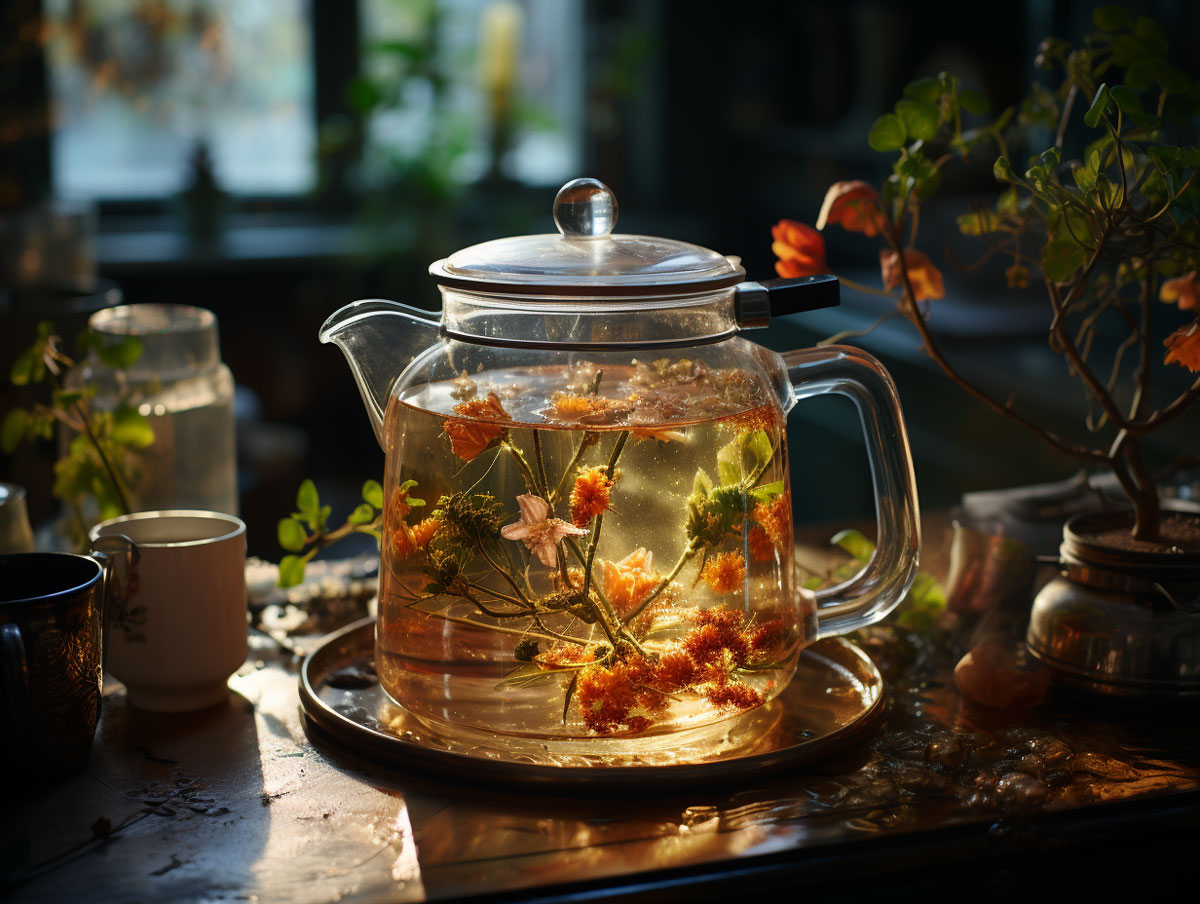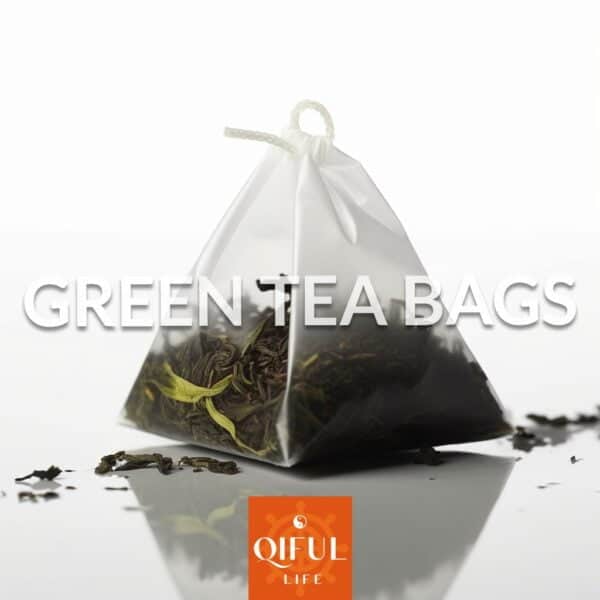This article provides information and tips on preparing water for making tea. It addresses everything from hot to cold water comparisons as well as microwaving.
Tea Water Brewing Methods
Re-Boiling Water
Re-boiling water before using it to make tea is a common practice. Repeating this process also helps remove certain chemicals and reduce acidity. Chinese studies suggest that boiling water twice can raise its pH levels to 9 or higher, eliminating the need for ionized water.
Microwaving Water
Should you use a microwave to brew water for tea? The short answer is no. Microwaving water may make it very hot, but it might not reach an actual boiling point. Additionally, microwaved water tastes different from boiled water. To get the most out of your tea, avoid using a microwave.
Cold Water for Brewing
To extract the full flavor and fragrance of tea leaves, use hot water for the initial brew. Heat causes tea leaves to expand, releasing their flavor and aroma. Once the leaves open, use slightly cooler water for subsequent infusions. However, some needle shaped teas such as Biluochun and long needle black teas can be steeped in cold water but longer periods are needed to extract flavor.
Iron and Gold Kettles
Using iron or gold kettles to boil water can enhance the taste of tea. These materials add unique mineral qualities to the water, resulting in smoother and more fragrant tea. High-quality iron kettles typically cost around $500, while gold kettles can exceed $30,000.
Summary
- Tea is best enjoyed by bringing water to a full boil.
- Boiling water multiple times helps increase the quality of water for steeping.
- Cold water is an option for long needle teas.
- Iron kettles and gold ones are the highest quality teaware for boiling water.
For a more in-depth guide on recommended tea water types, we put together a comprehensive guide here.




